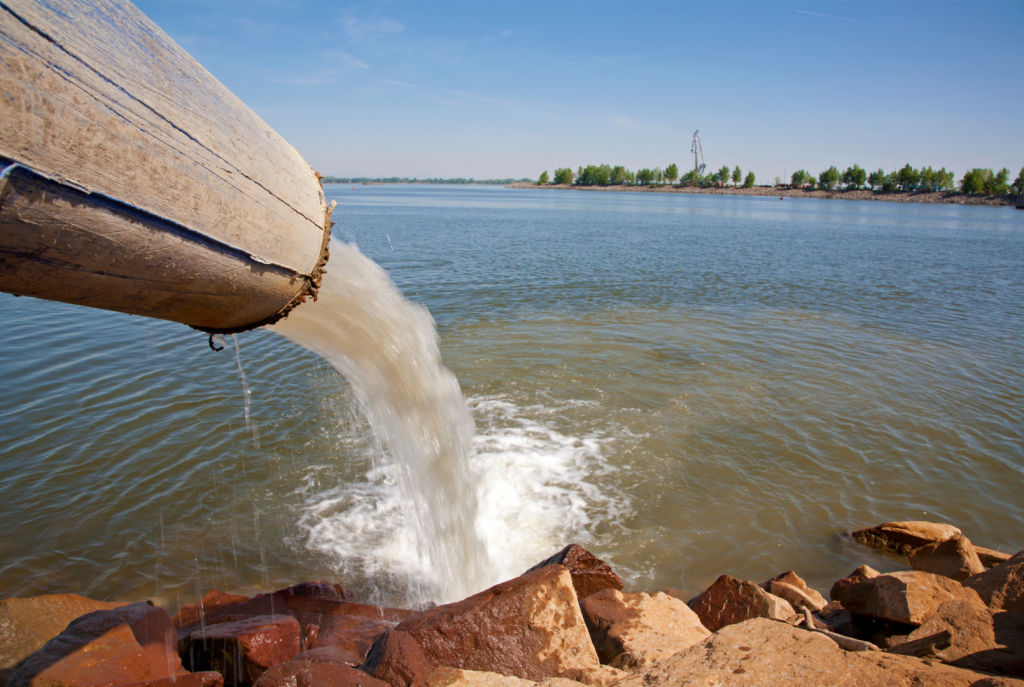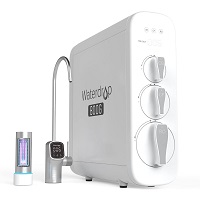PFAS, known for their exceptional resistance to natural degradation, are prevalent in drinking water and various water sources across different regions in the United States. Despite their widespread presence, scientific studies and research into the human body’s response to PFAS exposure remain limited. Nevertheless, an increasing number of communities are taking action to identify and address these chemicals as part of their endeavors to combat and mitigate pollution issues. As awareness grows, efforts to understand and combat PFAS contamination are gaining momentum, emphasizing the importance of safeguarding public health and the environment from these persistent pollutants.
PFAS Explained
PFAS, artificial chemicals with a history dating back to the 1940s, have been widely utilized by manufacturers of consumer products as essential raw materials. Among the PFAS family, Perfluorooctanoic acid (PFOA) and Perfluorooctane sulfonic acid (PFOS) have been extensively studied in recent times due to their prevalence and potential health impacts.
During their production and use, PFAS molecules have the tendency to disperse into the air, water, and soil. Remarkably resistant to breakdown, these compounds persist in the environment for extended periods, leading to detectable levels in both human and animal blood samples. Additionally, PFAS has been found in trace amounts within various food products, raising concerns about potential exposure through the food chain.
Exposure to PFAS
There are various pathways through which you can be exposed to PFAS:
1. Proximity to Industrial Regions: Living close to areas where PFAS is utilized or handled, whether as waste or raw materials, increases the risk of exposure. These chemicals can find their way into public water systems, drinking water wells, outdoor air, and soil in the vicinity.
2. Consumer Product Contamination: Exposure to PFAS can occur through dust particles and air around buildings containing consumer products treated with these chemicals. Items like textiles and carpets may have been treated with PFAS, which can lead to their presence in indoor environments.
3. Contaminated Water Sources: Using or consuming surface water or groundwater contaminated with PFAS from areas where firefighting foam has been frequently used can be a source of exposure.
4. Consuming Contaminated Fish: Fish caught in bodies of water polluted with PFAS can carry the chemicals, leading to potential exposure when consumed.
5. Food Packaging: PFAS can be present in food-related items like foodstuff packaging sold in stores. Contact with such packaging can contribute to exposure.
It’s essential to raise awareness about these exposure routes to help individuals and communities take appropriate measures to limit their contact with PFAS and minimize potential health risks associated with these persistent chemicals.
Effects of PFAS on Breastfeeding
While breastfeeding a newborn is often recommended, this action comes with a few risks. For example, the newborn is at risk of exposure to environmental pollutants, including per- and polyfluoroalkyl substances (PFAS), through breast milk.
People in the United States and other developed countries have detectable amounts of PFAS in their bloodstream. The sources of these contaminations include the environment, where PFAS are present in pervasive proportions. PFAS have also been found in human breast milk and can be discharged during lactation.
There is a need for a comprehensive understanding of how PFAS contaminates the breast milk of lactating mothers. However, the level of exposure of a newborn to PFAS through breast milk depends on the PFAS level of the mother, the quantity of breast milk PFAS the mother produces, and how long the breastfeeding lasts.
Risks of PFAS
Per- and polyfluoroalkyl substances (PFAS) are known to pose significant risks to human health and the environment. Here are some key risks associated with PFAS:
Health Impacts
Exposure to PFAS has been associated with a wide range of detrimental health effects, including liver damage, suppression of the immune system, thyroid disorders, developmental delays in children, and an elevated risk of certain cancers.
Environmental Persistence
PFAS exhibit remarkable persistence in the environment, rendering them highly resistant to natural degradation processes. Consequently, these substances can accumulate in soil and wildlife, posing potential risks to ecosystems.
Contamination of Drinking Water
Human exposure to PFAS primarily occurs through the consumption of drinking water contaminated with these chemicals. Given their extensive use and enduring properties, PFAS have been detected in water supplies worldwide, raising serious concerns about the safety of drinking water sources.
Bioaccumulation in Food Chains
PFAS have the ability to bioaccumulate within food chains. Consequently, when humans consume contaminated fish or other wildlife, they face heightened exposure to PFAS.
In conclusion, the risks associated with PFAS underscore the importance of effective regulation, monitoring, and research to safeguard human health and the environment from the detrimental effects of these persistent chemicals.
Is It Possible to Remove PFAS from Water through Filtration?
Researchers from Duke University and N.C. State University tested about 76 home water filtration systems for their efficiency in reducing PFAS. The study found that reverse osmosis works the best compared to other often used filter systems on the market. Minnesota Department of Health confirms that filters with activated carbon or reverse osmosis membranes are effective in reducing PFAS from water supplies.
Waterdrop 800GPD Under sink RO System with UV Sterilizing Light
Waterdrop G3P800 reverse osmosis water system is upgraded to have a flow rate of 800 GPD. With an innovative internal pump and a larger filter surface, you can fill a cup of water in 6 seconds, satisfying water needs for large households and small businesses.
Waterdrop N1 Countertop Reverse Osmosis Water Filter System
The Waterdrop N1 RO system is a standout choice, thanks to its outstanding filtration capabilities and remarkably low energy consumption. What truly distinguishes it from traditional under sink systems is its convenient flexibility. This system can be effortlessly placed near any electrical socket, eliminating the need for complex installation and water line connections.
Summary
Beyond mere survival, our health is intricately tied to the quality of the water we consume. Relying solely on the safety of public drinking water may not be sufficient, as harmful contaminants can still find their way into our glasses. To safeguard our well-being, experts strongly recommend the installation of a dependable water purification system that effectively eliminates these harmful substances.
It is crucial to assess your home’s water supply for potential impurities and take proactive measures to keep them at bay. By investing in an efficient filter, you can ensure that the water you and your loved ones consume remains free from contaminants, promoting a healthier and safer living environment.








